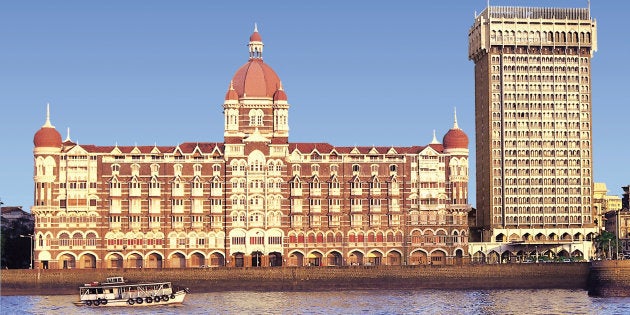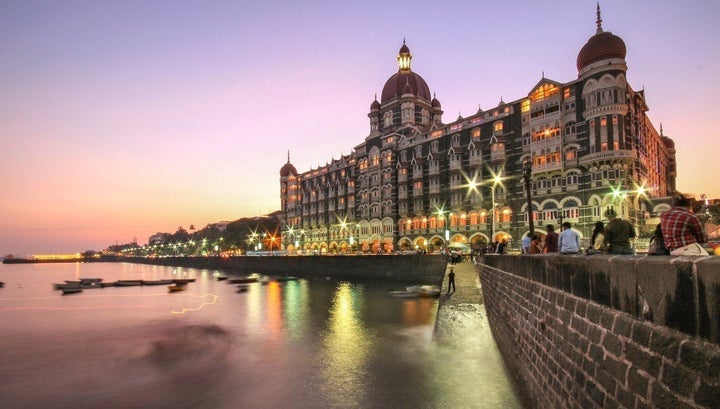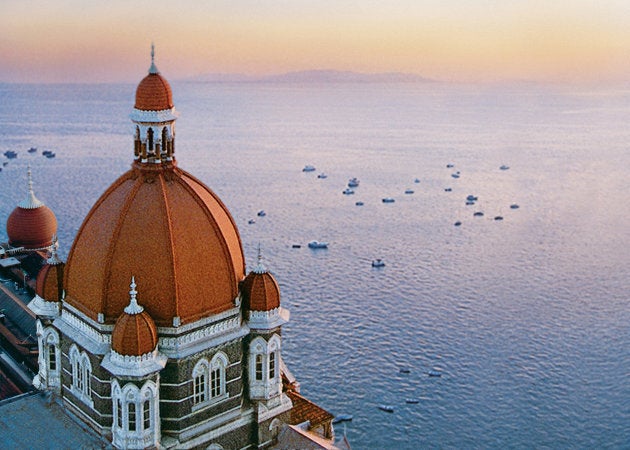
The red dome of the Taj Mahal Palace has been an inseparable part of Mumbai's skyline since the hotel opened to the public in 1903. Now, the iconic 114-year-old hotel has added another feather to its cap by becoming the first building in India to get a trademark. It joins a small and exclusive list of iconic international buildings such as the Eiffel Tower, the Sydney Opera House, the Empire State Building and Hollywood's iconic sign to have secured trademark rights.
The Taj group has secured image trademark rights for the Taj Mahal Palace's exteriors and dome under the Trademarks Act 1999. As a result, commercial use of the image of its iconic dome and exterior will now require prior written consent from the Taj Hotels group.
"The protection of intellectual property is a huge domain," Rajendra Misra, Senior Vice President-General Counsel, Taj Hotels Palaces Resorts Safaris, said. "This is a pioneering step in the direction and will hopefully open the thought processes of people and encourage them to think about what they can do to protect intellectual property."
Usually, trademarks are associated with logos, brand names, colour combinations and numerals. "Trademarking is a way of protecting and bringing forth the distinctiveness of this most recognised building in India," Misra said. "The architecture of the building is unique and in contrast to contemporary glass-and-steel buildings. The Taj is symbolic not only of Mumbai, but also of India."

Mishra and his team sent their application to the trademark registry last October, and were granted the registration by May. "A building has to be distinctive enough to meet the requirement," Mishra said. "For instance, if you are in the vicinity of the hotel, you don't need a name to recgonise the building. That is the kind of distinctiveness one is talking about."
The hotel's red-tiled Florentine Gothic dome crowns the Indo-Saracenic arches and architraves of the hotel, and was modelled on the dome of the Chhatrapati Shivaji Terminus (formerly the Victoria Terminus).

The hotel's original building was commissioned by pioneering industrialist Jamsetji N Tata. Though many accounts credit the building's design to British architect WA Chambers, it was originally designed by Indian architects Sitaram Khanderao Vaidya and DN Mirza. However, after Vaidya died of malaria in 1900, it was taken over by Chambers, who retained all the original features while increasing the size of the central Florentine Gothic dome.
The Taj Mahal Palace went on to become one of Mumbai's key social and political hubs, hosting everyone from John Lennon to Pandit Ravi Shankar and Barack Obama. Since the hotel was built 20 years before the Gateway of India, its massive 240-feet high central red-tiled dome served as the first clear marker of the Bombay Harbour that could be seen from the sea. Today, the dome still serves as the official triangulation point for ships of the Indian Navy to fix their position on the harbour.